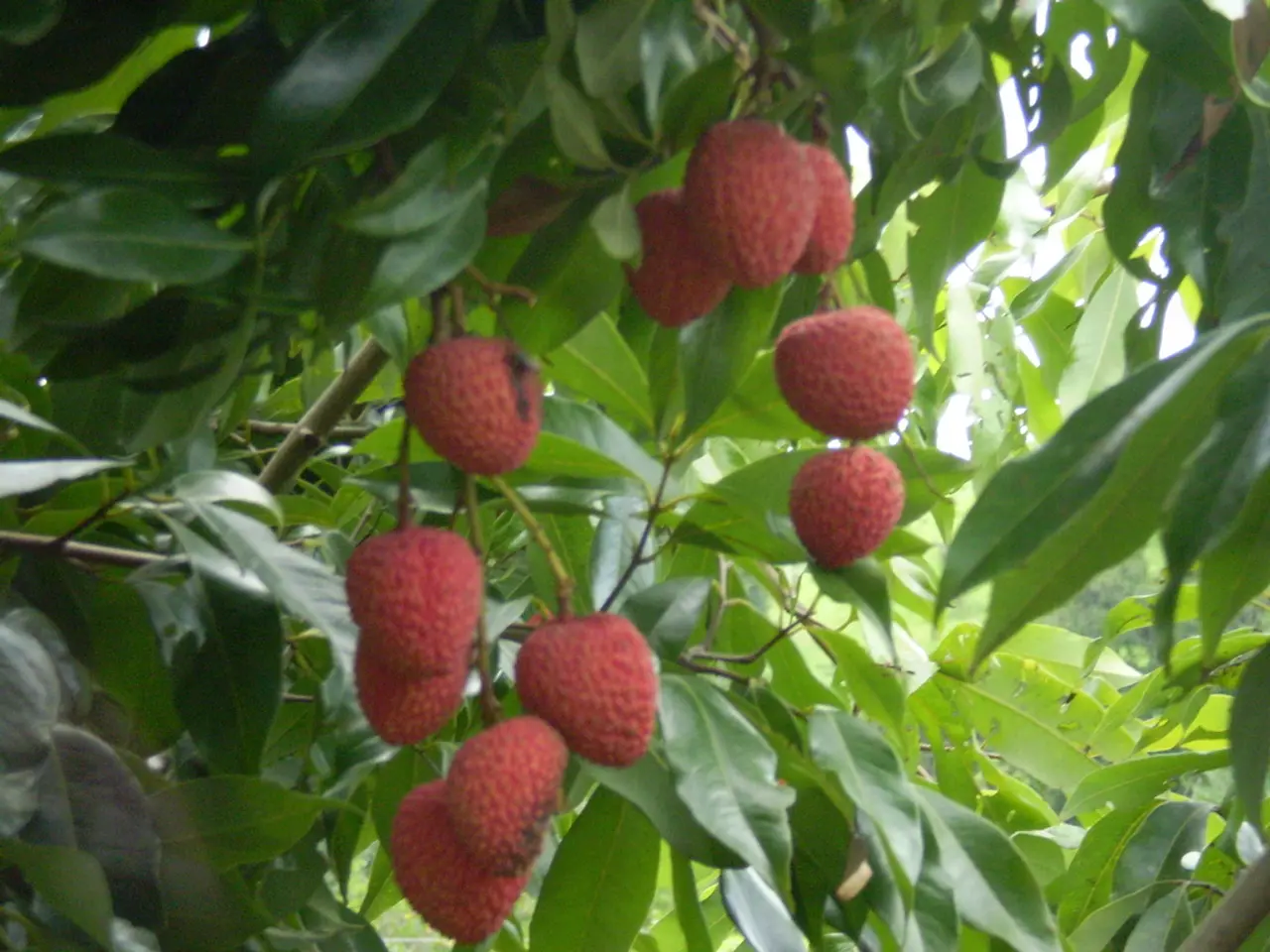Instructions for Cultivating Gooseberries
Learn how to successfully grow and care for various types of gooseberries, including regular gooseberries, Cape gooseberries, and ground cherries. Follow these comprehensive guidelines covering planting, pruning, feeding, harvesting, storing, and problem-solving.
Planting
Choose a sunny location with at least six hours of direct light daily. For apartment or container growing, a south-facing window or balcony works well. Use well-draining soil rich in organic matter, such as a mix of potting soil with compost or peat moss. For container planting, select pots at least 12 inches deep with drainage holes. Start seeds indoors 6 weeks before the last frost for Cape gooseberries and transplant outdoors after frost risk. In soil, avoid planting Cape gooseberries where potatoes or tomatoes were previously grown to reduce disease risk.
Pruning
Lightly prune to remove dead, damaged, or diseased branches for all gooseberry types to improve airflow and light penetration. Avoid heavy pruning on Cape gooseberries as they respond best to gentle trimming. For ground cherries, minimal pruning is needed; remove only broken or overly dense lower branches touching soil to improve air circulation.
Feeding and Watering
Maintain consistent watering, aiming for deep watering about once a week. For container-grown plants, let topsoil dry slightly between waterings. Feed with organic fertilizers such as fish emulsion or liquid seaweed every 3 weeks for Cape gooseberries, or balanced fertilizer every 4 weeks for container gooseberries. Mulching with organic materials like straw or shredded leaves conserves soil moisture and suppresses weeds.
Harvesting
Harvest Cape gooseberries when their papery husks dry and turn brown—berries inside should be fully ripe on the plant for best sweetness. Gooseberries typically ripen in July; harvest when berries are plump and color is full (depends on variety, e.g., red or green). For ground cherries, fruits drop when ripe onto the mulch below, facilitating easy harvest.
Storing
Store Cape gooseberries in their husks at room temperature to keep freshness for several weeks. Regular gooseberries can be refrigerated in breathable containers to maintain quality. Ground cherries also store well on mulch or in breathable containers to avoid rot.
Problem-solving tips
Watch for common pests including aphids, whiteflies, and spider mites; apply insecticidal soap or neem oil as a natural control method. Avoid planting in soil recently used for potatoes or tomatoes to reduce disease risk. Practice crop rotation every few years to maintain soil health and reduce pathogens. Maintain clean gardening tools to prevent disease spread. Use support such as small cages or stakes for sprawling plants like ground cherries to improve airflow and reduce fruit rot.
By following these protocols adapted to each variety—regular gooseberries, Cape gooseberries, and ground cherries—you can enjoy healthy plants and abundant harvests with manageable care and problem prevention.
Did you know? A single gooseberry bush can yield up to 3.5kg of berries for up to 15 years. Gooseberries should be stored in the fridge for up to two weeks or frozen for longer storage. Gooseberries can be used in pies and gooseberry fool. To prevent mildew, keep the centre of the gooseberry bush open. Gooseberries require feeding with sulphate of potash in early spring and a generous mulch of well-rotted manure or compost. Gooseberries prefer full sun, especially for dessert types. Gooseberry sawfly larvae can strip a bush and should be picked off and squished or controlled biologically. Gooseberry bushes should be netted when fruit starts to ripen to protect them from birds. Spring or autumn is the best time to plant bare-root gooseberries. Gooseberries grow well in large containers of soil-based compost. Gooseberries can be trained in a fan shape against a wall, fence, or trellis for space-saving cultivation.
- By adopting these guidelines, you can cultivate various gooseberry types, such as regular gooseberries, Cape gooseberries, and ground cherries, at home in your lifestyle and home-and-garden setting.
- Properly care for your gooseberry plants through essential tasks like pruning, feeding, watering, harvesting, storing, and problem-solving, creating a flourishing home-and-gardening project that offers delicious fruits for pie and gooseberry fool.





